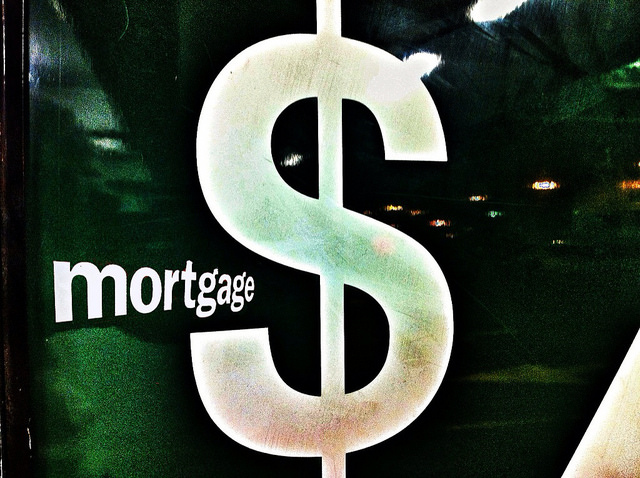Each month, the Mortgage Bankers Association releases a measure of mortgage credit availability in an effort to track whether lending standards are easing or tightening. The index looks at credit score, loan type, and loan-to-value ratio, as well as other factors that determine whether or not a borrower will be eligible for a loan. According to the most recent release, mortgage credit availability was unchanged in February, though the components gauging conforming and government loans both eased from the month before. Lynn Fisher, MBA’s vice president of research and economics, said the results were a mixed bag. “Credit availability was flat over the month. Slight declines in conventional programs aimed at low-to-moderate income borrowers were offset by increasing availability of government-backed programs,” Fisher said. “More than half of the investors in our credit availability data set are now offering some form of a conventional low down payment loan program which is targeted at lower income borrowers and first time home buyers and generally allows a down payment as low as 3 percent.” More here.







